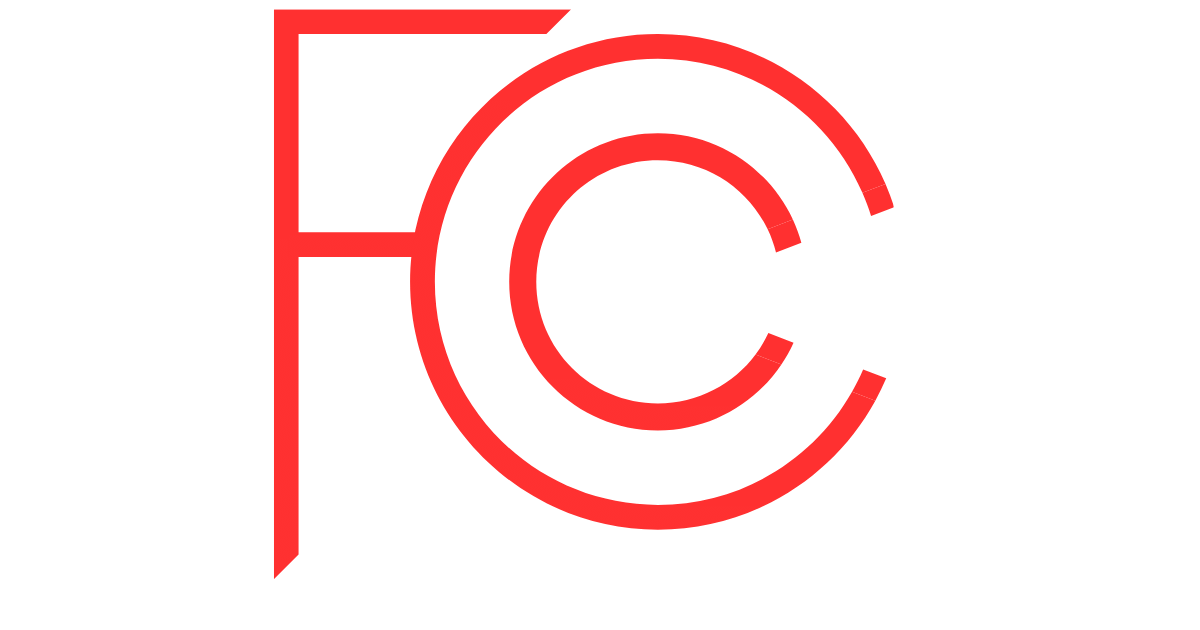So, like me, you may have grown up on dial-up Internet and certainly have seen some drastic changes with the way bandwidth has been upped across the years. However, it is good to see that the FCC requires providers to provide more bandwidth to households.
The Federal Communications Commission or (FCC) has now made a statement on the minimum broadband speeds that they find to be acceptable or useful. They recently increased the minimum broadband standard from 25 Mbps DOWN and 3 Mbps UP to 100 Mbps DOWN and 20 Mbps UP. The last time they set benchmarks, these were set by the FCC back in 2015.

They are hoping setting this standard will help to improve the quality of Internet service provided to ones across the United States. The FCC thinks this will likely help with the widespread differences between Internet connections for Americans to access high-speed Internet services.
Many ISPs have already said that they welcome the decision to make the new standard. They are working on their networks to meet the new requirements with some saying they have already finished upgrades. There are some as well that have said they have concerns over the costs to upgrade their infrastructure to meet the new standard.
Will this lead to increased costs to consumers? It is likely that providers have to revamp their infrastructure accordingly.
If you’re interested in learning more about the FCC’s decision to increase the minimum broadband standard, there are several resources available online. The FCC website contains detailed information about the new standard. Take a look at the article here: FCC Increases Broadband Speed Benchmark | Federal Communications Commission.
They note the following from a report as of December 2022:
- Fix broadband (physical cabling and infrastructure) has not been deployed to around 24 million Americans, including 28% that live in rural parts of America.
- Also, more than 23% living on Tribal lands
- This also affects mobile 5G coverage that has not been deployed at the minimum speeds of 35/3Mbps to around 9% of Americans, almost 36% of Americans in rural areas and 20% of people living in Tribal lands and areas.
- It looks like from their report around 74% of school districts meet this goal with 1 Gbps for around 1000 students.
In their documentation, they detail the reason behind the decision and what they hope it will have on consumers in terms of impact.
Let me know in the comments what you think about this adjustment in standards.


